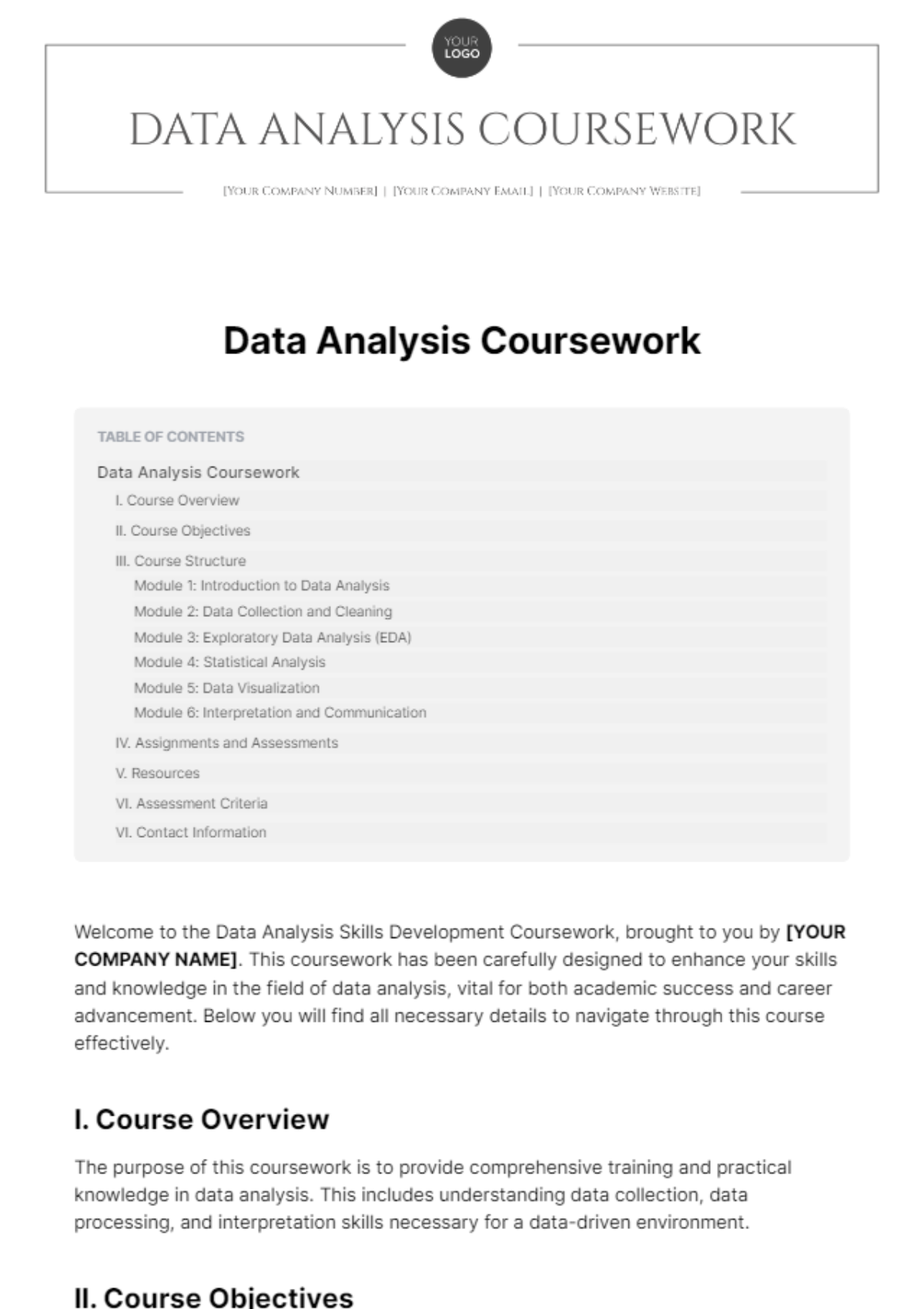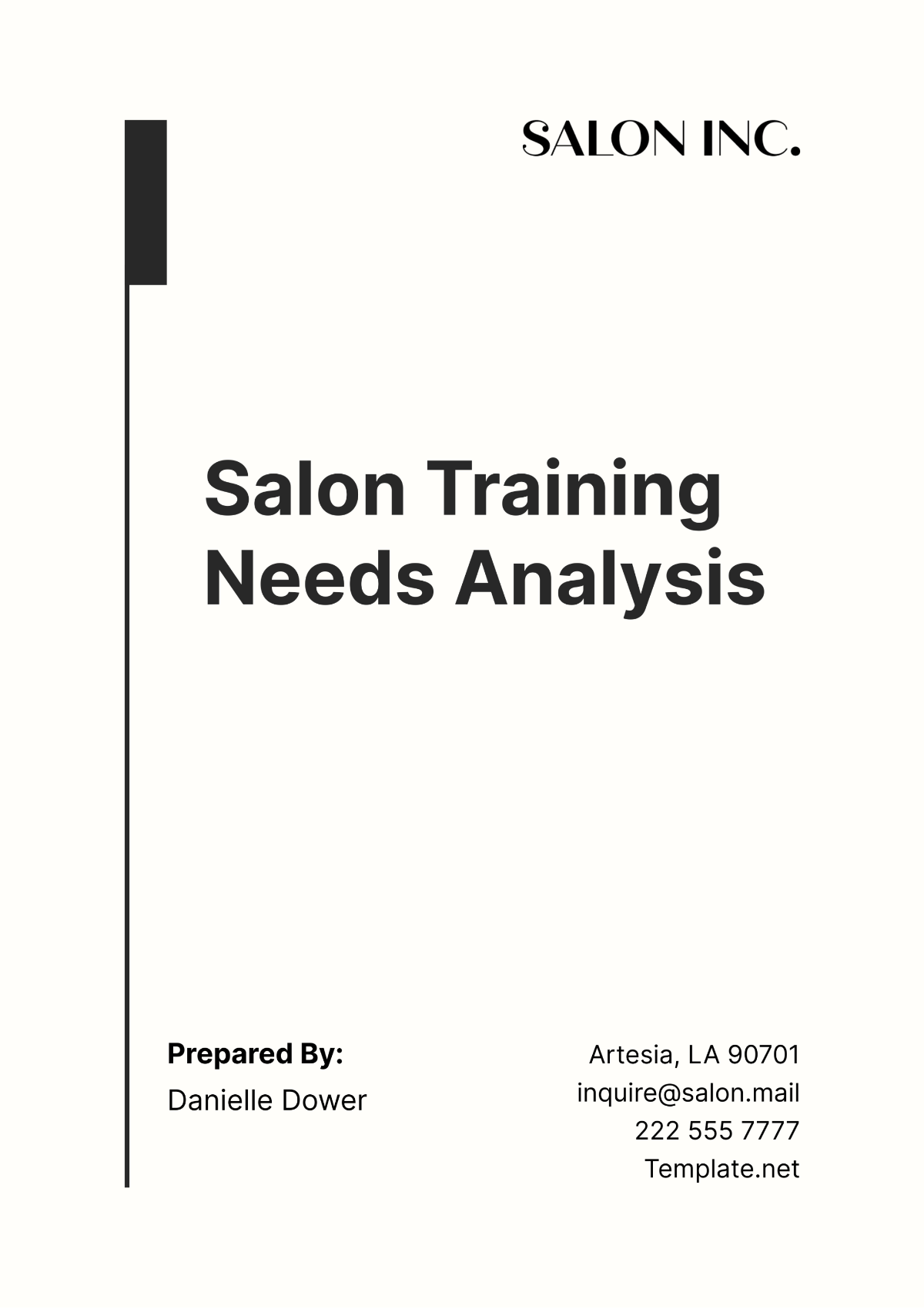Classroom Speech Discourse Analysis
Introduction
Purpose of the Analysis: The purpose of this analysis is to examine how communication between the teacher and students influences classroom dynamics and learning outcomes. The aim is to understand how questioning techniques used by the teacher affect student engagement and comprehension.
Context of the Classroom: This analysis was conducted in a 5th-grade mathematics class at a diverse urban elementary school with 25 students from various socioeconomic backgrounds. The analysis took place during the 2050-2051 academic year.
Methodology
Data Collection: Data was collected through audio recordings of classroom interactions over two weeks in February 2051. Observations were made during math lessons on topics such as fractions and geometry.
Participants: The participants included one teacher and 25 students aged 10-11 years. The students were divided into five groups for various activities.
Analytical Framework: The analysis used Gee's Discourse Analysis framework, focusing on language use, social roles, and power dynamics. This framework helps in examining how discourse shapes and is shaped by social contexts.
Speech Discourse Analysis
Interaction Patterns:
Teacher Talk: The teacher predominantly uses questioning techniques, such as asking students to explain how to find the least common denominator, and provides immediate feedback. During a lesson on fractions, the teacher frequently asks students to show how to add these fractions.
Student Responses: Students typically respond with brief answers or ask for clarification. When asked about the least common denominator, students often reply with "Six" or "I don’t understand."
Language Use:
Vocabulary and Terminology: The teacher uses specific mathematical terminology like "numerator," "denominator," and "equivalent fractions." The teacher explains that to find equivalent fractions, we multiply both the numerator and denominator by the same number. Students often use informal language such as "I don’t get it" or "This is hard."
Complexity of Sentences: The teacher uses complex sentences with multiple clauses to explain concepts, such as explaining that multiplying the numerator and the denominator by the same number keeps the value of the fraction unchanged but changes its appearance. In contrast, students use simpler sentences like "I don’t know how to do this."
Power Dynamics:
Teacher Authority: The teacher's authority is established through direct commands and corrections, such as instructing students to find the common denominator first. This reinforces the teacher's control over the classroom discourse.
Student Participation: Students are encouraged to participate, but their contributions are often limited. During group activities, a few students dominate the discussion while others remain passive. The teacher addresses this by rotating the speaking roles within groups.
Key Findings
Effective Communication Strategies: The teacher’s use of open-ended questions, such as asking how students arrived at an answer, promotes critical thinking and encourages students to explain their reasoning. This approach facilitates deeper understanding and engagement.
Areas for Improvement: While questioning is effective, there is a noticeable gap in inclusive participation. Some students are less engaged, particularly those who struggle with the material. Less confident students often hesitate to answer questions or participate in discussions.
Recommendations
For Teachers: To improve communication, the teacher could incorporate more differentiated questioning techniques and provide additional support for struggling students. Using tiered questions that cater to different levels of understanding can help engage all students. Additionally, implementing strategies such as "think-pair-share" might encourage more student involvement.
For Students: Students should be encouraged to use complete sentences and explain their thought processes more thoroughly. Instead of saying "I don’t get it," students could be guided to articulate their confusion, such as expressing uncertainty about finding a common denominator and requesting clarification.
Conclusion
Summary: The analysis reveals that the teacher effectively uses questioning techniques to engage students, but there is a need for strategies to ensure more inclusive participation. The use of open-ended questions facilitates critical thinking, yet some students remain passive.
Future Research: Future research could explore the impact of different questioning strategies on student engagement and understanding. Additionally, examining how group dynamics affect student participation might provide further insights into improving classroom discourse.
References
Gee, J. P. (year). An Introduction to Discourse Analysis: Theory and Method. Routledge.
Vygotsky, L. S. (year). Mind in Society: The Development of Higher Psychological Processes. Harvard University Press.
















